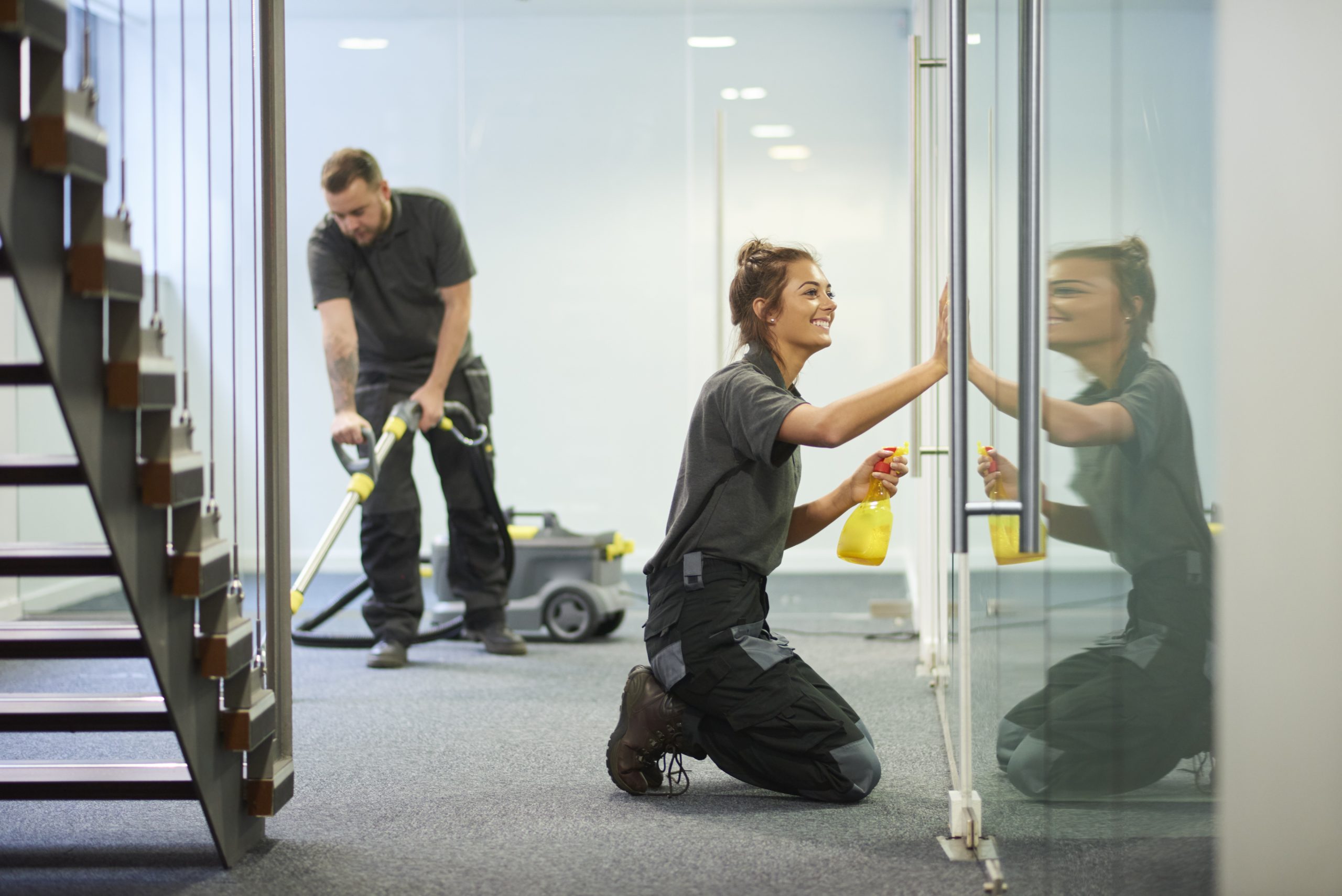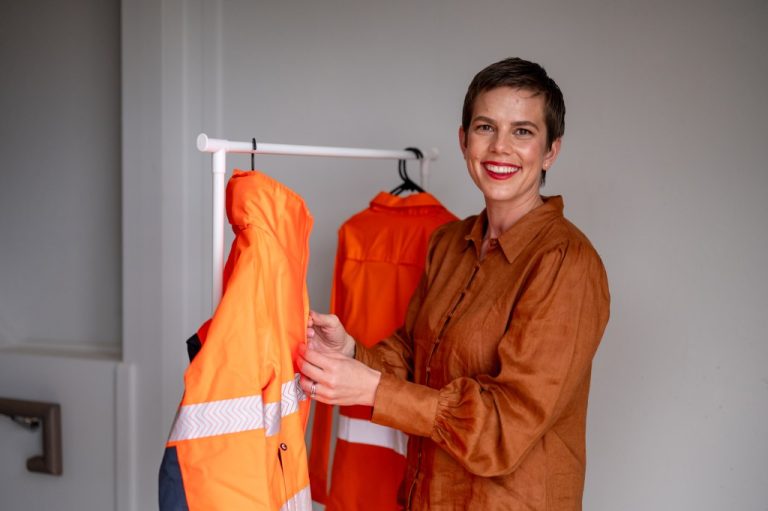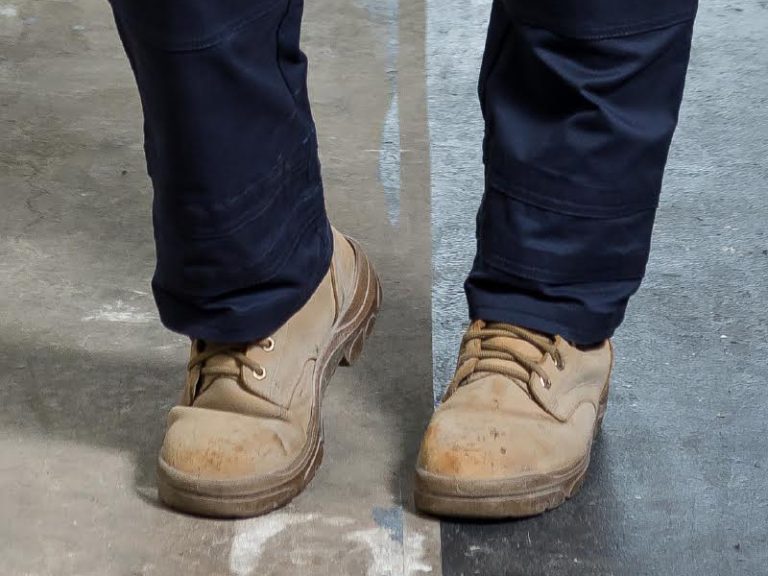Imagine this scene: you’re gathered around the table with your family, sharing laughter and stories. Suddenly, someone utters those familiar words, “I wish there was such a thing as this product”, or “Imagine having something like XYZ to make this job easier”.
We’ve all been there, right?
The truth is, we all have those brilliant ideas bubbling within us. As Sara Blakley, the visionary founder of SPANX, once wisely said, an idea is most vulnerable in its infancy – and I couldn’t agree more.
When my own lightbulb moment struck, I kept it to myself, sharing it only with my husband (over a bottle of red wine, but that’s a tale for another time). I hesitated to divulge it to anyone else, fearing their dismissive words or disheartening statistics like, “Did you know that women hold only 13% of patents globally?”
But here’s the thing: I refused to let any of that hold me back.
Today, as the founder of workwear brand COgear and inventor of hemming solution HMZ, I’m here to share with you my tips for inventing because I’ve been in your shoes and I know that ideas deserve to be nurtured, celebrated, and transformed into reality.
Let me share my top five tips to transform your ideas into a patented invention.
Tip 1: Embrace your unique perspective and the freedom of limited industry know-how
Embracing your unique perspective becomes all the more empowering when you lack industry know-how, just like I did. It’s fascinating how not being confined by traditional expectations opened up a world of limitless possibilities.
Despite never seeing myself as an inventor or aspiring to hold a patent, and even without expertise in garment construction (relying on skilled professionals for my industrial workwear brand COgear, my lack of conventional knowledge became a catalyst for boundless thinking. It liberated me from the constraints of “how things should be done” and granted me permission to venture beyond the ordinary.
So don’t underestimate the power of your fresh perspective and the remarkable potential that emerges when you fearlessly think outside the box.
Tip 2: Begin with research, but let it enhance rather than stifle your idea
Before immersing yourself in the development of your invention, conducting thorough research is essential. Explore existing products and patents in the market to ensure the novelty of your idea.
However, if you find it challenging to navigate the complex realm of intellectual property, don’t let it discourage you. Intellectual property can be tricky for those of us without specialised training, but don’t let it reduce your enthusiasm. Instead, focus on gaining a comprehensive understanding of the current landscape.
Tip 3: Tap into research and development (R&D) opportunities with expert guidance
Unlocking government funding and grants designed to foster innovative thinking can provide crucial support for your inventive journey. To navigate this landscape effectively, I highly recommend reaching out to experts like Rimon Advisory. They specialise in advising inventors on potential grants and assistance available, especially for groundbreaking ideas warranting a patent. It’s wise to contact them early in your journey, as the application process often involves tracking of time and expenses.
Starting on the right foot allows you to maintain organised records from the outset, saving you the hassle of combing through diaries and documents later on. By proactively seeking grants and other forms of assistance, you place yourself in an advantageous position to secure the support you need.
So seize the opportunity and stay ahead by leveraging the valuable resources provided through R&D initiatives and government funding programs.
Tip 4: Securing your idea with a provisional patent
When it comes to applying for a provisional patent, you don’t need to have all the answers right away. What matters is having a simple prototype and a clear vision of how you will progress from concept to creation. When I applied for the HMZ provisional patent, I didn’t have all the specifics worked out, such as securing the threads.
However, I did have a few ideas and relied on input from our workwear factory. This collaboration was essential as we planned to implement HMZ across a large manufacturing line.
In my journey, Jack King-Scott from Kings Patent & Trade Marks Attorneys played a pivotal role. Jack’s extensive knowledge and down-to-earth approach were invaluable. Unlike some legal professionals, he readily offered his direct opinion when asked. Securing a provisional patent provides you the reassurance that your idea is protected from being copied while you focus on refining the intricate details.
Remember, the provisional patent serves as a stepping stone with a limited 12-month timeframe, giving you the freedom to further develop your invention. So leverage the expertise of professionals like Jack to safeguard your idea and confidentially move forward with the necessary steps to bring your invention to life.
Tip 5: Test, iterate and persevere
Securing your provisional patent marks the beginning of the real work ahead. Prepare for challenges and hurdles along the way, each one more daunting than the last. But remember, it’s only ‘no’ when you choose to give up. Embrace testing and iterating as opportunities to refine your idea and overcome obstacles.
Expect setbacks and failures – they are integral to innovation. Learn from them, adjust, and persist with unwavering determination. Every test brings you closer to realising your invention’s full potential. Stay resilient, passionate, and committed. Your breakthrough awaits as you conquer the final obstacles.
Hold onto your vision, learn from setbacks, and remember that success requires perseverance. With unwavering determination, watch your idea transform into a reality.
In conclusion, remember this: never dismiss your ideas simply because they seem uncharted or unfamiliar. Embrace them instead. Rather than dwelling on potential obstacles or what could go wrong, grant yourself permission to dream about the possibilities of what could go right. Envision how your life could transform, the impact it could have on your family, and the inspiration it could ignite within them.
So go forth with confidence, fuelled by your imagination and driven by the belief that your idea has the power to make a remarkable difference. Your invention awaits its moment of glory – seize it!
As featured in Smart Company > https://www.smartcompany.com.au/plus/hmz-creator-kym-oleary-tips-transform-idea-patented-invention/









